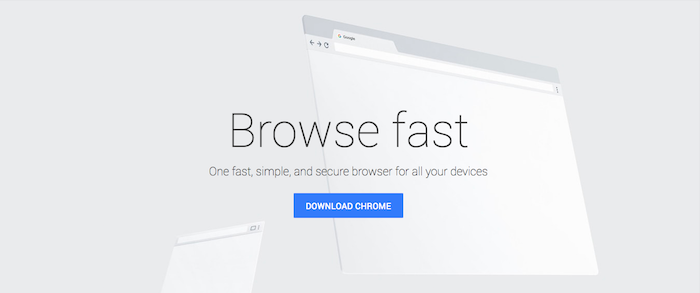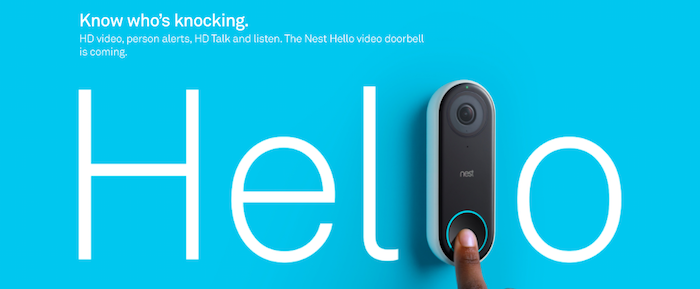Teenagers are complicated. Our next generation of consumers is a hormonal, exam-laden bunch. They’re fearful of being singled out by their peers but every one of them is a digital native.
Nobody knows yet how it feels to reach old age having grown up with your baby photos *strewn* across the internet and a full digital history of every job. Every partner. Every home you ever had… Welcome, Generation Z.
As product owners scrabble to get teenagers’ attention, Gen Z is caught up in a giant experiment. What technologies can we develop next and how will people use them?
How to promote innovative ideas to teenagers
Facebook was condemned in its earlier days for conducting an experiment. They “hid ‘a small percentage’ of emotional words from peoples’ news feeds, without their knowledge, to test what effect that had on the statuses or ‘Likes’ they then posted or reacted to.”
Since peer pressure is rampant amongst teenagers, desperate to fit in, they’re probably most vulnerable to this kind of digital manipulation.
OR ARE THEY?
Teenagers are leaving Facebook faster than you can say “Snapchat” (and the recent Cambridge Analytica fallout has done little to help Facebook’s cause).
It’s possible teenagers have been underestimated. I remember how rotten it feels when people deem you empty-headed, just because you’re young. Yet Gen Z is learning all the time and setting new rules you need to know about.
Teens are internet savvy…
Research from Kantar Millward Brown finds Gen Z is surprisingly strict on things like digital privacy, “careful about what they share online.”
Teenagers have quickly learned to ring-fence their online world, leaving brands circling around them trying to find a way in. #marketing #GenZ Share on X
13-17 year-olds are “ambitious, engaged, and feel like they can change the world. For Generation Z, what’s cool is also a representation of their values, their expectations of themselves, their peers, and the brands they hold in the highest regard.” ~ Google study
Google is (naturally, since it is their study) high up on the popularity list. Partly because teenagers think Google is a fun and creative brand, but also because they feel it has good values.
Some of Adweek’s rules for reaching Gen Z hint at the same themes: be playful, authentic and have a purpose. Engage with your audience and help them “find their tribes,” they say.
So who’s doing this well today that you can learn from?
It’s the businesses that not only develop cool new technology but also make it accessible to everyone by focusing on how it feels to use it.
Here’s how to do it…
Keep it simple

Nothing winds me up faster than slow internet. Ease and speed of the connection are important to teenagers too since they’re a “generation that primarily seeks information online.” When Chrome first launched in 2008, techies were excited about how fast it “chews code,” the “intelligent start page” and “task manager.” Everyone else? They just like the authenticity. Because all that really means is Chrome does well the one thing it says it will. It’s the only thing they talk about on their homepage. Why? Because “browse fast” is all any of us digital junkies wants to do.
Use playful language to stand out

That familiar Ding-Dong! sound is on its way out. Doorbells are being revolutionized – you don’t have to peer through curtains anymore to see who’s there, they have cameras. Nest is taking our humble home appliances and making them more fun. In reality, they’re just a souped-up version of what we already have, but being playful means you connect on a human, not robotic level. People don’t say they want to ‘view by HD video who’s on the doorstep,’ they just want to “know who’s knocking” so they can decide whether or not to let them in. Tip: Shut out any formal language.
Show what you’re working towards
Tesla has designed cars with doors that open like spaceships. Elon Musk launched the Roadster model into space on a rocket. All very exciting – showy, even. Yet when you visit their About page to find out where it all began, you see “Tesla believes the faster the world stops relying on fossil fuels and moves towards a zero-emission future, the better.” Doesn’t sound as sexy, does it? But it’s their mission. “That’s the future we want,” says Tesla, and it’s an undeniably clear purpose. Whilst the expensive cars and space rocket adventures are out of the reach of teenagers, it’s this purpose they get on board with.

Tesla knows how to engage with their audience too; they can whip their fans into a frenzy faster than Queen Bey at Glastonbury. So keen are they to be part of the journey, when Tesla asks fans to create adverts for them, they give it everything they’ve got. YouTuber Marques Brownlee won a spot at the next Tesla product launch with his fan-made ad showcasing the Tesla ‘ludicrous mode’ (0-60mph in 2.5 seconds). As a result, Tesla gets to know their audience a bit better. And when you know what they want, you put that into your marketing message.
You don’t have to go to the same lengths as Tesla. Try these three suggestions first:
- Run a focus group and ask customers what they (honestly) feel about your brand
- Schedule 30-minute phone interviews with a handful of customers and go through a questionnaire
- Run a pop-up survey on your website to hear their thoughts
Don’t write another word of promotion until you know what your customer wants. Then simply give them more of that.
Main image credit: rawpixel

Natalie is a copywriter working in AI. She’s creating an immersive exhibition experience for anyone who needs to know: better days will always come 🕯️ More posts
( ´ ∀ `)ノ~ ♡

0 comments on “What Generation Z can teach you about marketing”Add yours →